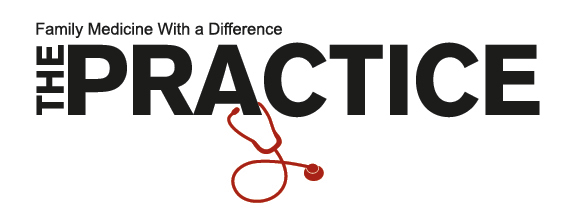Frightening. Frustrating. What does a parents do when he or she discovers that this son or usually daughter is “cutting”? Cutting is most commonly found among teenagers and young adults. 15% to 25% of adolescents and young adults have self-injured, usually by cutting. 6% to 8% do so chronically. And it happens most commonly with our daughters.
Cutting oneself is usually seen as an attempt to “regulate emotions,” including:
- Anger
- Guilt
- Shame
- Self-Loathing
- Anxiety or Depression
- Fear of Abandonment
- Fear of Rejection
Some young women report “emotional numbness.” Deliberate self-harm “allows” them to express pain, release tension and anxiety, calm themselves, or feel something rather than nothing at all.
The attempted feeling is achieved very quickly. This is very self-rewarding. The pain can cause the body to release certain endorphins, which have temporary mood enhancing qualities. But it is a very ineffective emotion-regulating strategy in the long run. It can create a cycle of relief, then guilt, shame, anger with self, anxiety, then more cutting. This cycle can be hard to break without help.
People will tend to keep the self-injury or cutting behavior a secret, causing isolation from others who could help. It also tends to inhibit people from getting counseling and learning better strategies to deal with their emotions. Cuts on the wrist or arms are now less common than cuts on the chest or inside thighs where they can be hidden well.
If you discover this behavior in your teens, I would encourage you to visit your doctor immediately and make arrangements for your teen to get needed therapy.

